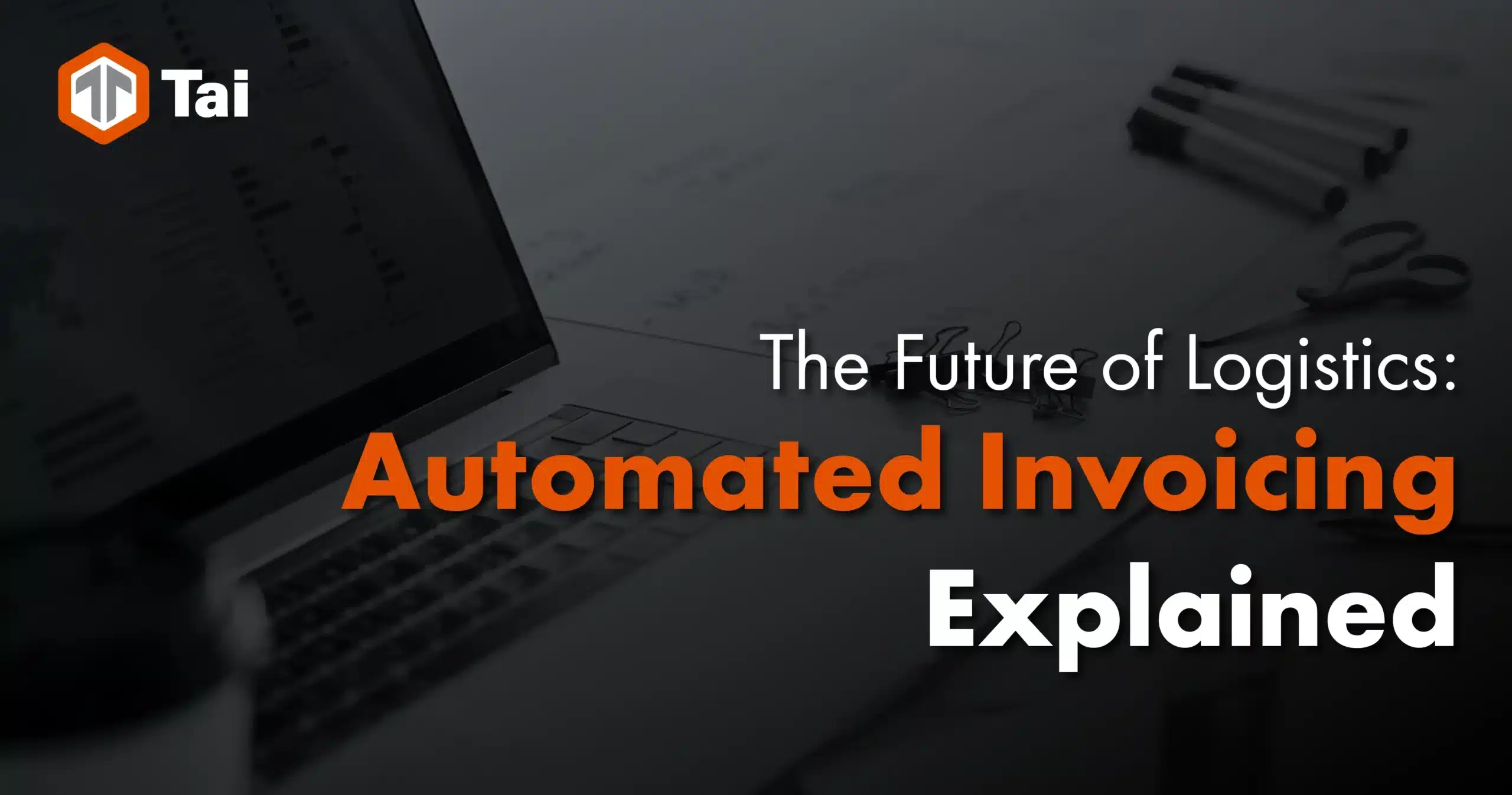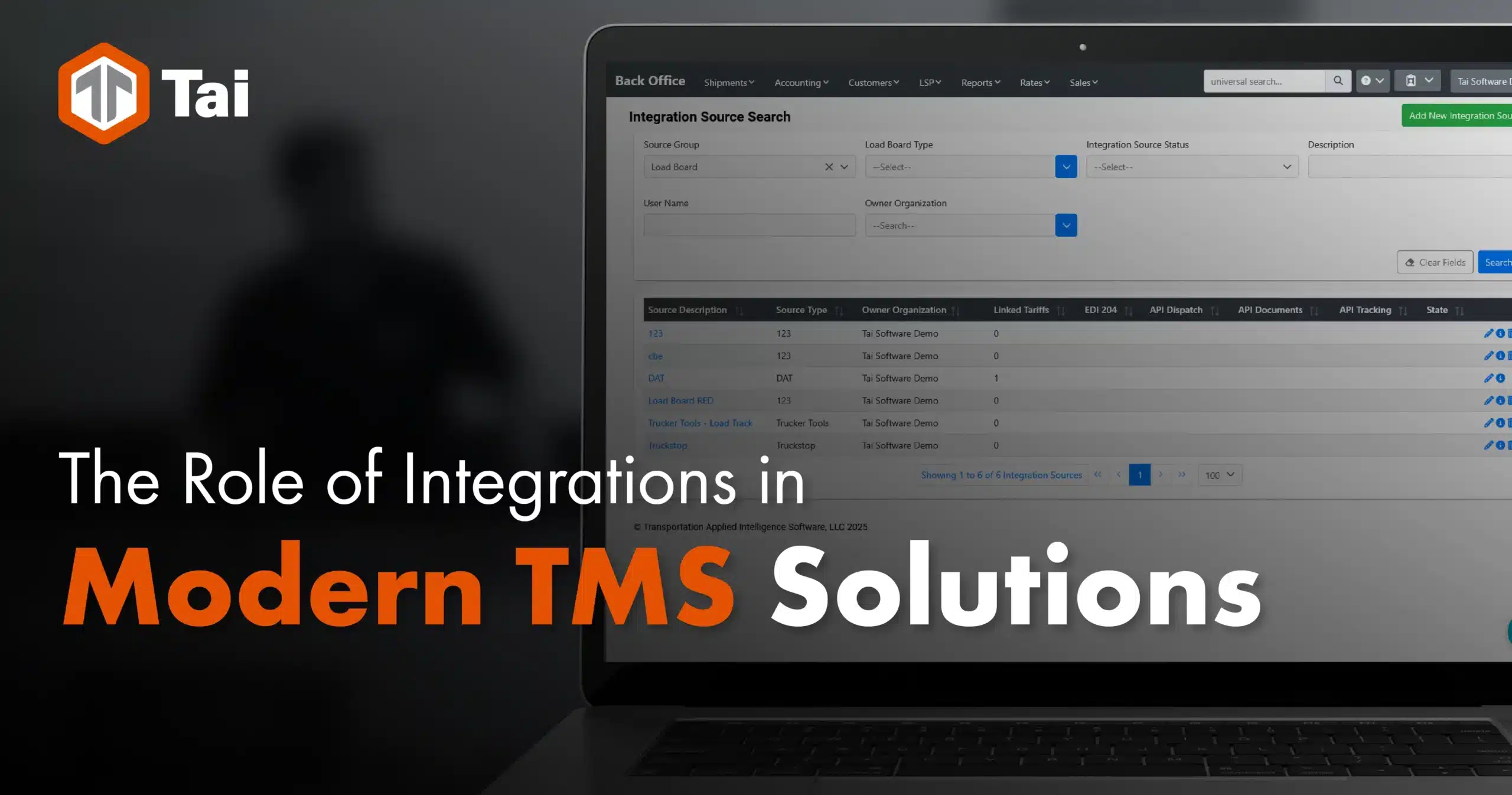The value of freight brokers for shippers is the ability to quickly make connections with carriers, find the best rates and facilitate the execution of agreements. In short, shippers count on freight brokers to make things happen quickly and efficiently and resolve any issues that arise because they know shippers’ needs and they’re always connected to the right players.
So it’s ironic that too many freight brokers are still bogged down with day-to-day inefficiencies that prevent them from working seamlessly and quickly in a single system. While tech has certainly opened the door for improvement, there is still a significant number of freight brokers stuck dealing with their e-mail inbox and the tasks that come with it. And with all due respect to e-mail, which revolutionized everything including freight brokerage a generation ago, it is far too dated a technology to keep up with the demands of the modern supply chain.
Today’s world offers technology platforms that allow people to see the movement of markets as it happens on multiple levels – on a single screen, in real time. This kind of technology was made for people like freight brokers, who need to find available carriers quickly, execute deals rapidly and keep a constant watch on the happenings in the market.
Instead, we still have an industry in which people are:
Doing business at the speed of E-mail
E-mail is faster than a letter, and it’s certainly faster than the Pony Express. But it’s slow by modern standards. Under the best of circumstances – efficient server traffic and so forth – an e-mail from a shipper to a broker might get from place to place in under 30 seconds. And maybe the broker’s subsequent e-mail to carriers could go through with similar efficiency. Assuming everyone is watching their inboxes at that moment, and the carriers can also get a quick reply back to the broker, you’d be doing great to go from request to quote to deal in 20 to 30 minutes.
But that’s a lot of rosy assumptions. E-mail messages do get hung up on servers. And when multiple parties have to notice and respond to e-mails to consummate a freight deal, it’s no surprise when this process takes 45 minutes to an hour, or even more.
Considering how quickly things are moving in the spot market, for example, can shippers afford to wait that long?
No e-mail left behind
Let’s not even deal with the horror of the urgent shipper request that ends up in a broker’s spam box because, even though that same shipper has e-mailed the broker thousands of times, new security protocols require that the shipper be whitelisted. Let’s just deal with one of the most common conversations people have in the business world these days:
“You e-mailed me? I didn’t get it.”
“You sure? I sent it yesterday afternoon.”
“Yeah, I would have seen it.”
“I sent it at 3:42 p.m.”
“Nope, er, wait a minute. What? How did I miss that?”
It happens every day in every industry. We’ve all freaked out upon realizing we overlooked an e-mail of considerable importance. Unless, of course, we didn’t freak out because we never did notice it.
Doing the extra work of re-entering orders into transportation management systems. When you don’t use a system that integrates with your TMS, or your TMS isn’t specifically able to optimize this path, those orders you take and execute via e-mail have to be manually entered into the system. Even if you discount the value of the time that takes, and even if you assume no one will make a mistake manually entering this information, it is still time and effort that could have been spent better serving that client, or perhaps doing another deal for another client. Worst case scenario, you miss out on a deal entirely because someone else beat you to the punch.
Quit Playing System Hopscotch
Your e-mail system is just that. It doesn’t integrate with any other source of information you use in brokering freight deals. So you’re probably jumping between four or more different platforms to access things like load boards, TMS, market intelligence tools, phone… you get the point.
Much of this probably seems par-for-the-course for people who have worked for a while in the freight brokerage business. For 20 years or more, they’ll say, they’ve done all this. And they’ll assure you they’ve gotten very efficient at it. They’ve got it down to a science.
That may be true but they’re efficient at a process that’s inherently inefficient.
Today’s technology offers freight brokers the ability to see pricing, intelligence tools and lane history all on a single page. It offers lightning-fast methods for finding load coverage, reaching carrier networks and leveraging capacity management tools.
Modern platforms make it easy to achieve direct integration with carriers – deploying rating engines and quickly determining every kind of rate, from standard dimensioning to dynamic rating. And these same platforms give freight brokers access to real-time updates all the way to delivery – on a single screen that doesn’t even need to be refreshed.
In today’s highly challenged supply chain environment, freight brokers are too critical to keep operating under inefficiencies that harken back to the days when we breathed a sigh of relief that the Y2K bug didn’t get us. Brokers are here to negotiate, connect, track, optimize and resolve shipping complexity. By removing the technical debt that comes with e-mail, their value is considerably higher.
The freight brokers who dominate the field in the coming years will be the ones who get that.
See how Tai gets you out of your inbox
While there are various platforms available, Tai TMS stands out as the all-in-one solution uniquely designed for brokers. If you’re ready to break out of your inbox, let’s chat.







